Social Good Award
Tirama Te Marino Bramley Te Karanga A Te Pūtangi
-
Kaiako / Lecturers
Nicholas Vanderschantz, Trent Chubb
-
School
University of Waikato
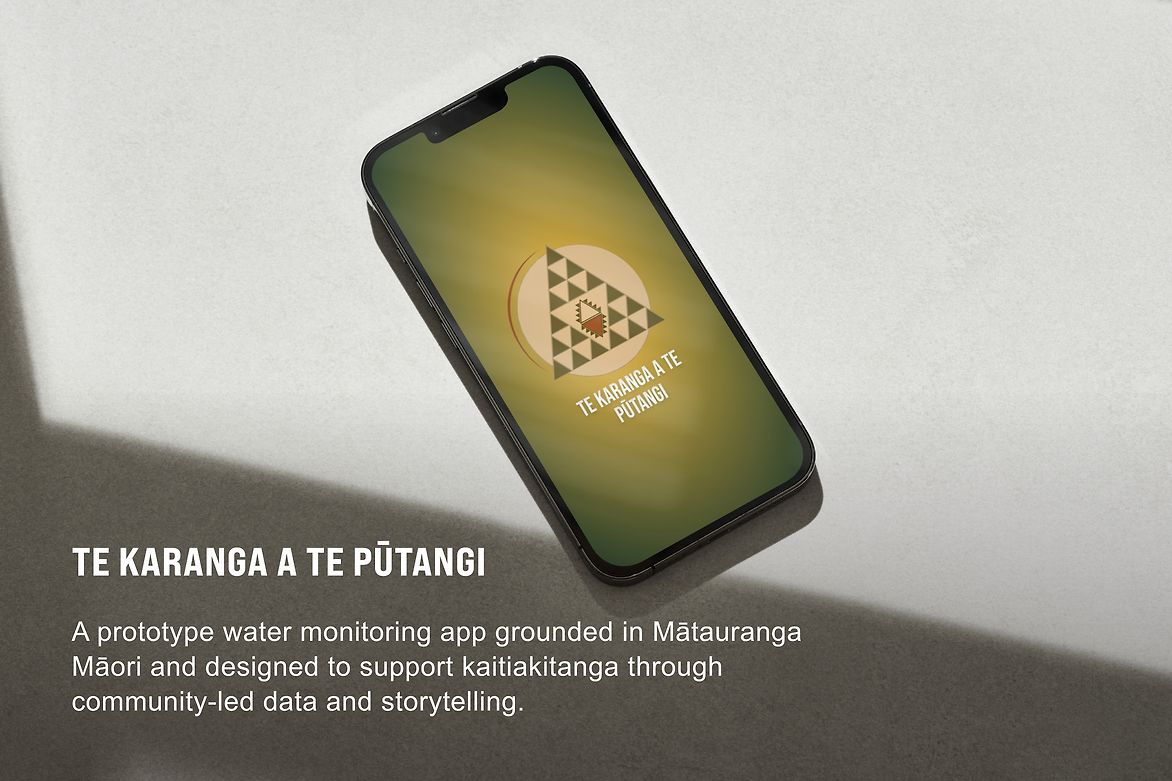
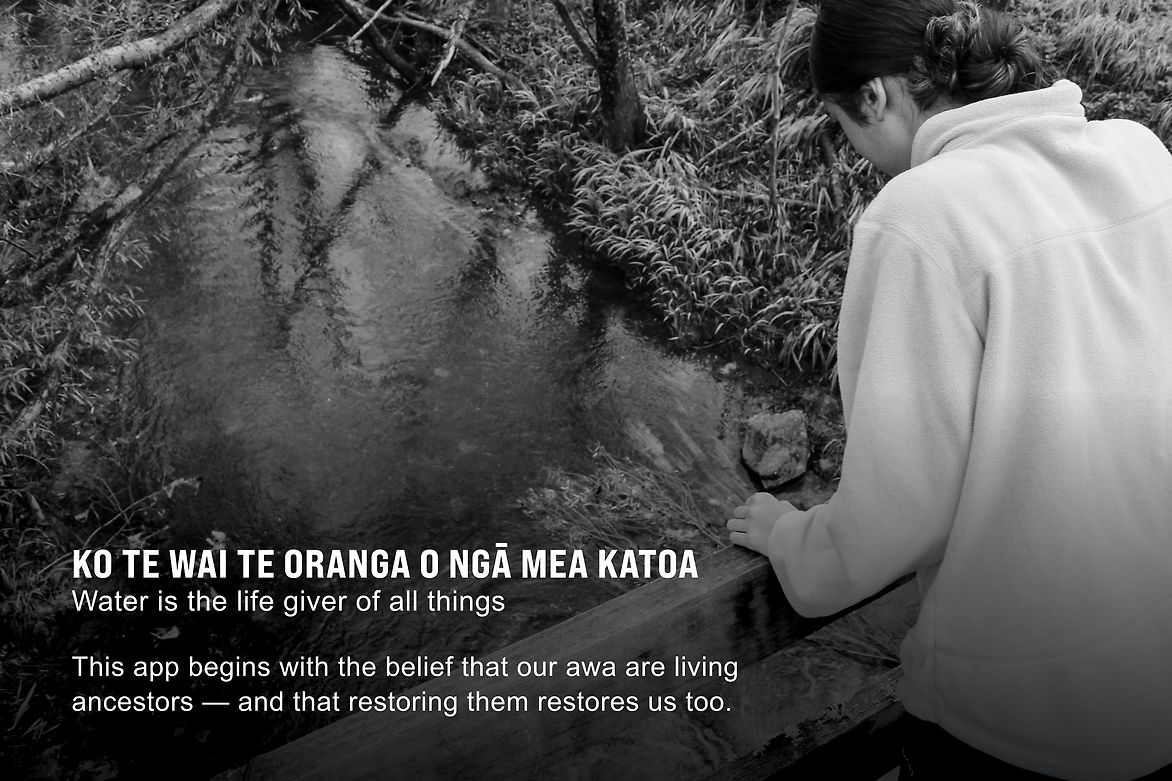
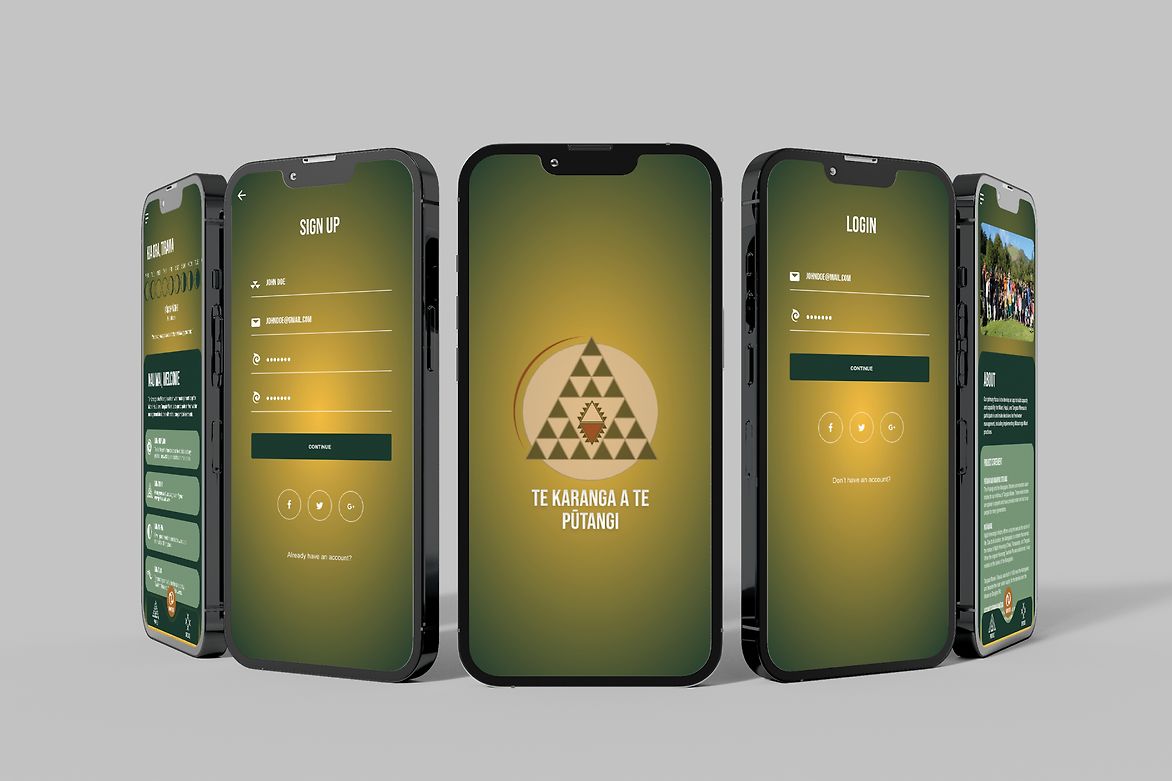
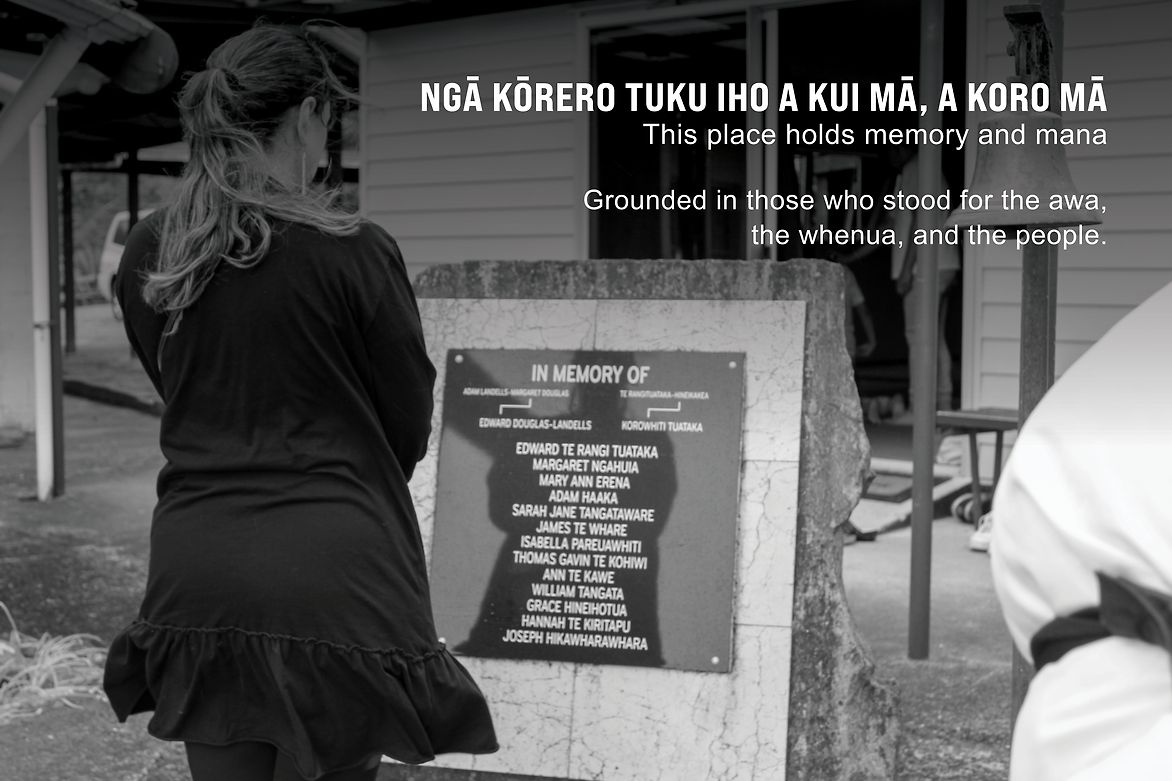
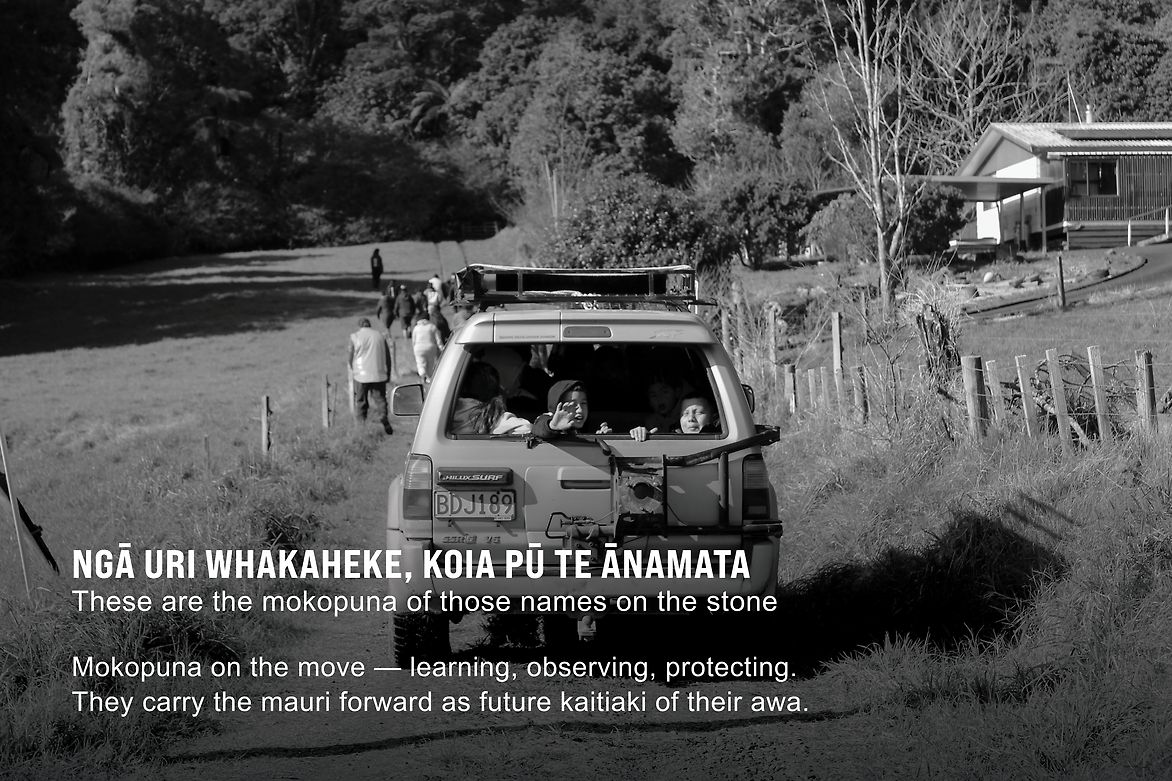
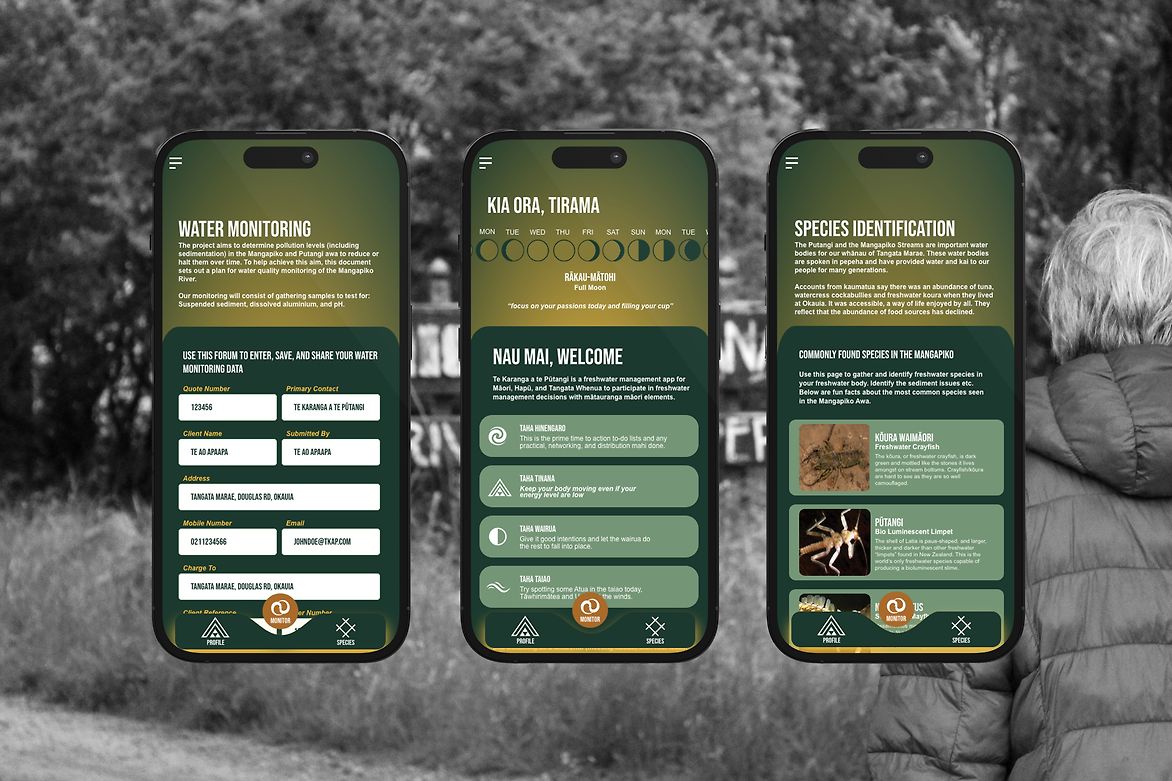
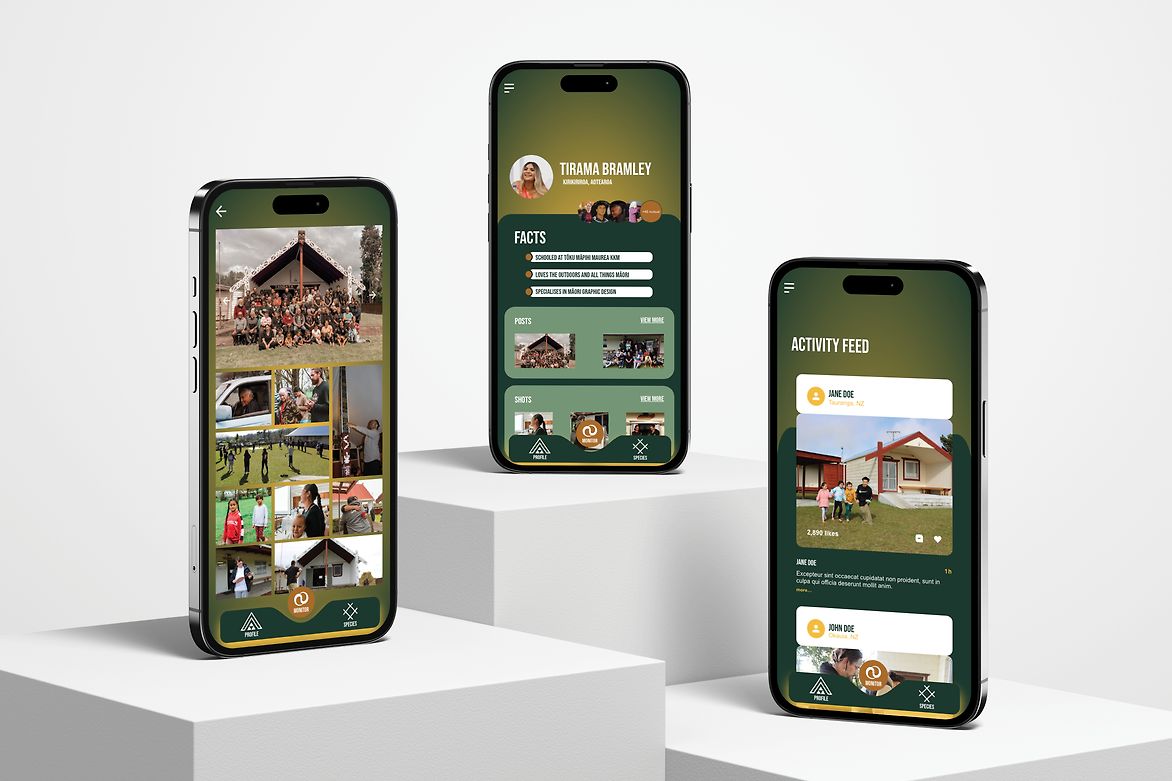
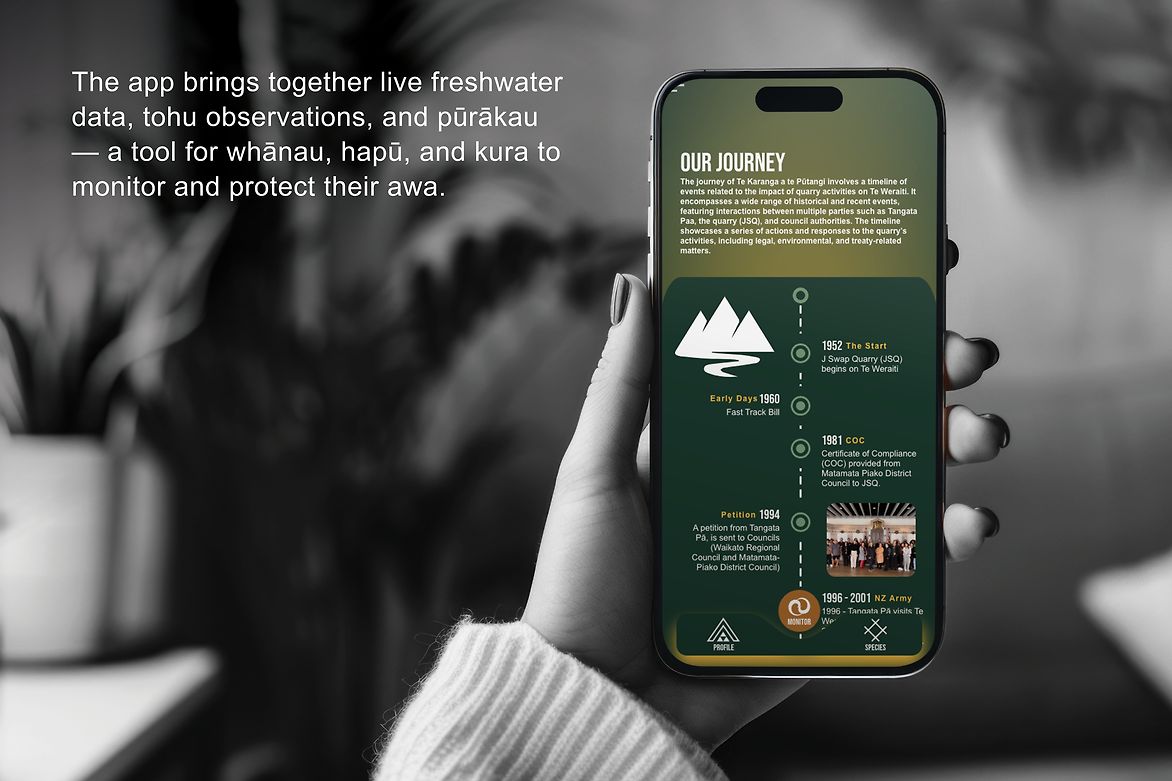
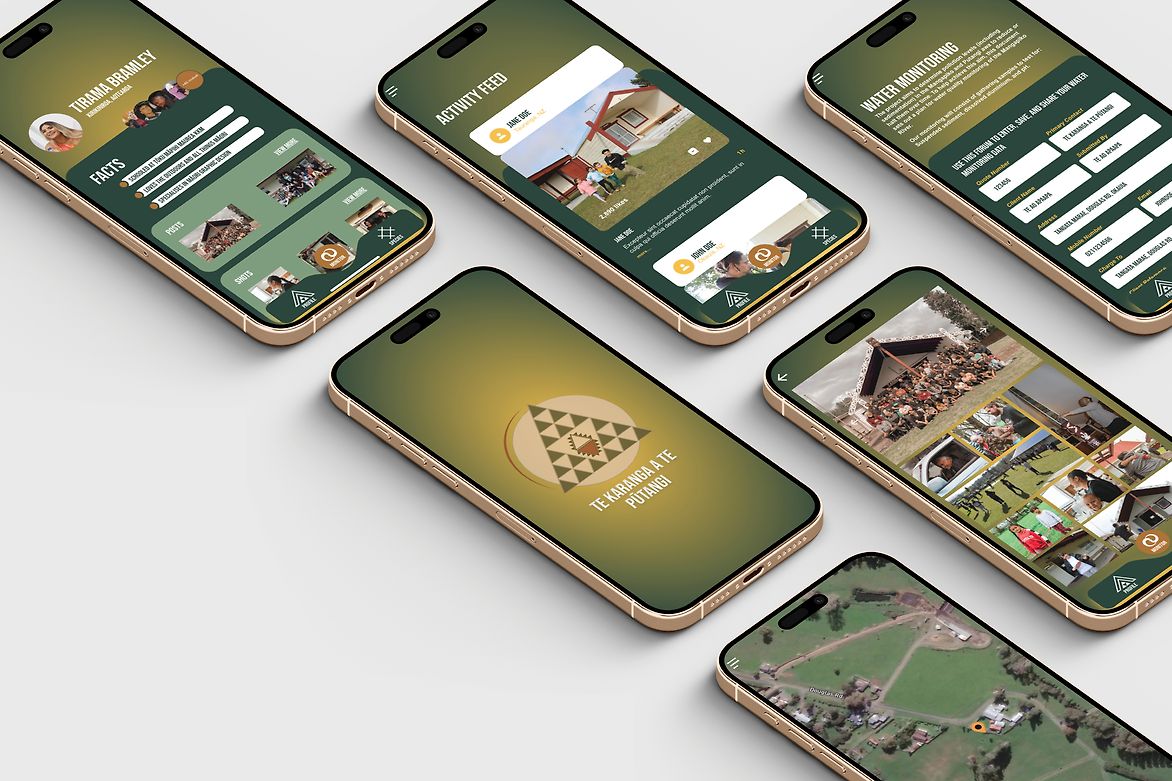
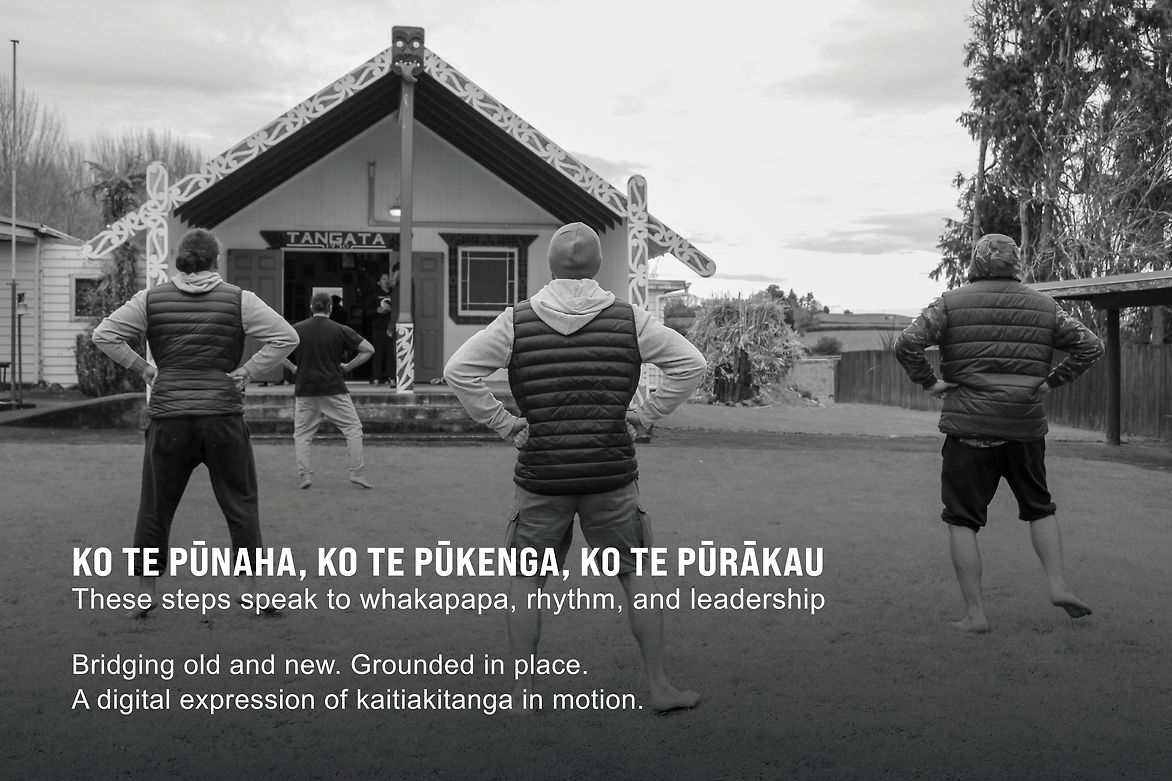
Description:
This project reimagines freshwater monitoring as a tool of empowerment, connection, and kaitiakitanga. Developed in response to declining river and stream health across Aotearoa, the app enables Māori communities to lead the restoration and care of their local waterways—on their own terms, and in their own voices. It brings together real-time environmental data, pūrākau (ancestral narratives), tohu (environmental indicators), and whānau experiences to create a living, digital platform grounded in both mātauranga Māori and contemporary science.
At the heart of the project is the principle of tino rangatiratanga—restoring authority and decision-making power to iwi and hapū over their lands and waters. Many whānau have long carried deep knowledge about the mauri of their awa, yet until recently, access to freshwater data has been centralised, overly technical, or disconnected from lived realities. This app changes that. It invites whānau, rangatahi, and kaitiaki to observe, monitor, and interact with freshwater ecosystems in ways that are culturally resonant, scientifically robust, and community-driven.
The design process was collaborative and grounded in kaupapa Māori principles. Through hui, co-design sessions, and ongoing conversations with mana whenua, the app was shaped by the knowledge, aspirations, and lived experiences of the people who will use it. This approach ensured that the platform reflects not only the practical needs of users, but the values of place, whakapapa, and intergenerational learning.
Visually, the app is quiet and intuitive. A natural, earth-toned palette, inspired by the ngāhere and awa, creates a sense of calm and clarity. Iconography draws from tukutuku patterns and flowing water forms, while bilingual functionality ensures accessibility across age, language, and fluency. The interface is map-based, allowing users to view live data such as temperature, pH, and E. coli levels alongside tohu observed in their local environments. Each waterway has its own profile—complete with whānau stories, restoration histories, and the ability to add personal observations.
What makes this project distinct is how it reframes data not as abstract numbers, but as part of a living relationship with place. Science and storytelling sit side by side. Live readings are layered with pūrākau. Data points exist in context, not in isolation. It’s a design response that values lived knowledge, emotional connection, and Indigenous systems of environmental care.
Although still a prototype, the app has already gained interest from local councils, kura kaupapa Māori, and national environmental agencies. Its potential is not only technological—it’s social, cultural, and ecological. It’s a model for how digital tools can support tino rangatiratanga and community-led restoration, while uplifting Indigenous knowledge systems in a contemporary design context.
By returning environmental knowledge to the hands of whānau and hapū, this app supports not only the restoration of our waterways, but the restoration of rangatiratanga—embedding Māori data sovereignty as a foundation for lasting ecological and cultural resilience.
Judge's comments:
An incredibly practical idea - the kind that leaves you wondering why it doesn’t already exist. What stood out was how grounded it felt in mātauranga Māori, while still being thoroughly modern, useful, and pragmatic. The thinking behind it was sharp, thoughtful, and deeply relevant. It felt both inevitable and inspired, bridging wisdom and practicality in a seamless way.